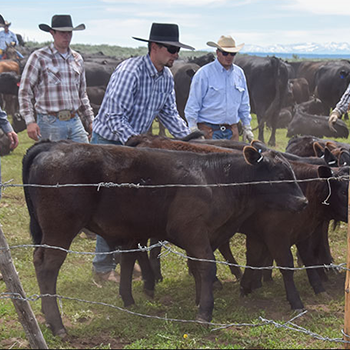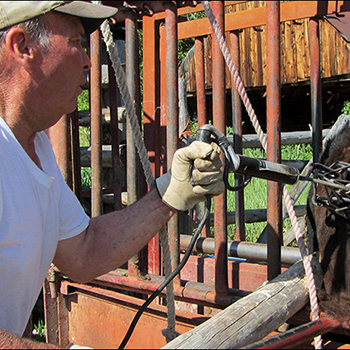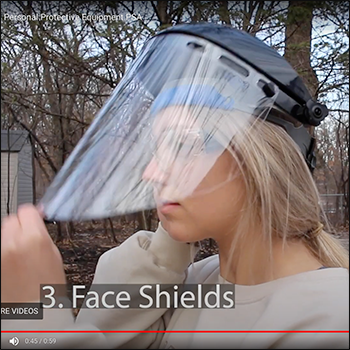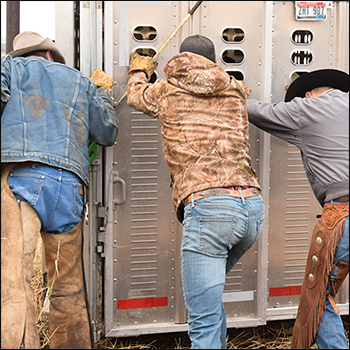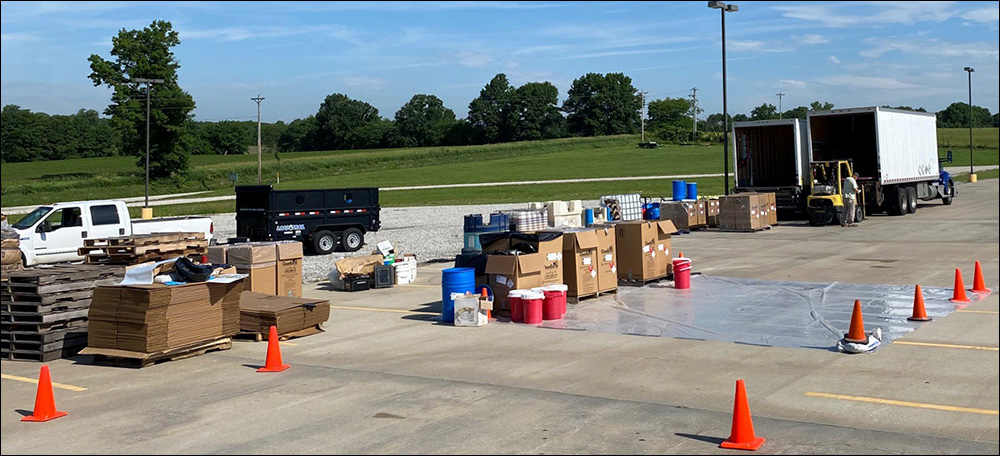
Are You Disposing of Pesticide Safely?
Pesticide disposal is one of those inconvenient tasks that often takes a back seat to the urgent items in our daily workloads.
Tips for managing and disposing of pesticide products include the following.
- Read the label, determine how much you need now, and buy close to that amount. Less volume equals less risk of disposal, release or exposure.
- Label containers with date of purchase using indelible pen to track product age.
- Mix only enough for the job.
- If you end a job with leftover mix in the tank, ask neighbors if they have a similar pest to treat.
- Never reuse pesticide containers.
- Triple-rinse, puncture and dispose of empty containers in the trash. Triple-rinse means fill container one-quarter full of water, tightly close lid, shake, then empty contents into the spray tank and count 30 seconds to completely drain. Repeat two more times. Be sure to wear the required personal protective equipment.
Plan B – When you can't use it all
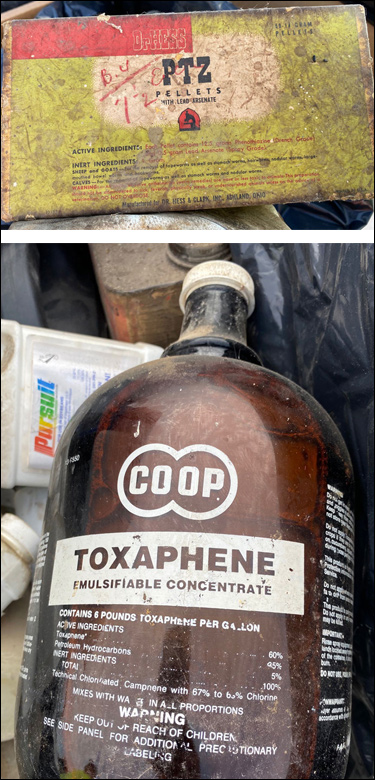 |
At a recent event in Chillicothe, Mo., 15,441 pounds of waste pesticides were collected. This included old containers of long-banned products such as lead arsenate, aldrin, toxaphene and dieldrin. |
Sometimes you inadvertently run out of area to spray, or the season ends, leaving you with excess chemical. Some producers switch technology, making last season’s product obsolete. Whatever the reason you find excess pesticides in stock, store them in an impermeable secondary container in a locked location. Follow all disposal instructions on the pesticide label. Do not dump down a drain, gutter, toilet or on the ground!
Fortunately, the Missouri Department of Natural Resources (DNR) holds six free annual collection events. Other states likely do the same. At a recent event in Chillicothe, Mo., 15,441 pounds of waste pesticides were collected. This included old containers of long-banned products such as lead arsenate, aldrin, toxaphene and dieldrin. The following quotes from attendees illustrate the need for this service:
- “We didn’t know where to take this stuff. We didn’t want to throw it in the trash. We are so glad you all provide this service.”
- “We found this while cleaning out our barn and had no idea how to dispose of it.”
The first step in disposal is to contact your local waste-management authority to determine if they can take the material. If they cannot take it, find out when the DNR will have their next collection event. Never transport chemicals in the cab of your vehicle. Transport in an impermeable container with padding to prevent shifting.
For producers who cannot make this event and lack a nearby waste-collection facility, it is recommended to store the product in an impermeable secondary container in a locked location until next season.
Missouri producers can use the following resources for pesticide disposal.
To determine if you have a nearby waste collection facility, check the following webpages:
https://dnr.mo.gov/waste-recycling/reduce-reuse-recycle/solid-waste-management-districts
In the absence of a local waste-collection facility, check this DNR webpage for a waste-collection day and procedures to follow: https://dnr.mo.gov/waste-recycling/what-were-doing/events-collections-trainings/missouri-pesticide-collection-program.
Editor’s note: Sam Polly works in the University of Missouri Plant Science & Technology Department. Photos courtesy University of Missouri.
